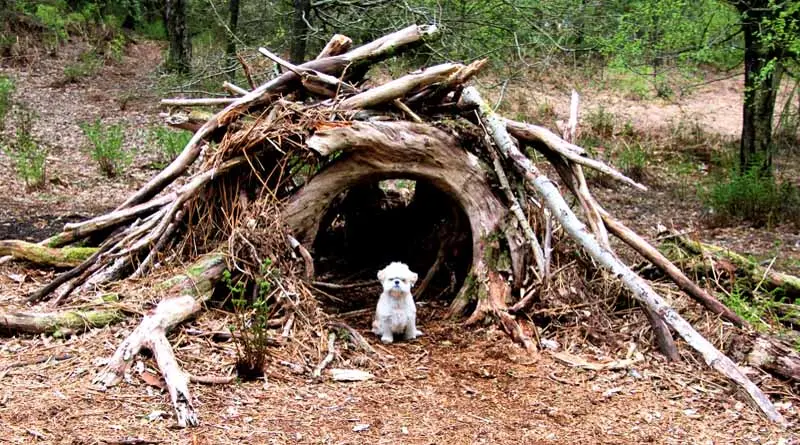
How Do I Build A Shelter In The Wild?
As I trekked deeper into the wilderness, one question of survival became paramount: “How do I build a shelter in the wild?” Understanding how to construct a shelter is crucial for protection from the elements, ensuring warmth, and ultimately, survival.
Building a shelter in the wild is an essential survival skill. Whether you’re on a planned adventure or find yourself unexpectedly stranded, knowing how to create a safe haven can protect you from harsh weather, predators, and other dangers. The question of how to build a shelter is not just academic; it’s a practical necessity for anyone venturing into nature.
1. Finding a Suitable Location
Options and Obstacles: Choosing the right location is the first critical step. You need to be close to a water source, avoid areas prone to flooding or landslides, and find a spot that offers natural protection from wind and sun. The challenge lies in balancing proximity to resources with safety from natural hazards.
Solution: Look for a flat or slightly sloping area where rainwater can drain away easily. Natural features like rock formations, trees, or caves can provide shelter or support for your structure. Ensure you’re at least 200 feet away from water sources to avoid contamination.
2. Gathering Materials
Options and Obstacles: Materials for building a shelter can include branches, leaves, grass, bark, and rocks. The main challenge is gathering these materials efficiently without damaging the environment.
Solution: Use dead branches and twigs that are dry and easy to break. For insulation and waterproofing, collect abundant leaves, grass, and other natural materials. Always be mindful of the ecosystem, taking only what you need and avoiding fragile environments.
3. Constructing the Shelter
Options and Obstacles: Building the actual shelter involves creating a framework, adding insulation, and ensuring the structure is stable and weatherproof. Common types of shelters include lean-tos, debris huts, and A-frame structures.
Solution: Start by building a framework using sturdy branches. For a lean-to, lash a ridgepole between two trees and lean smaller sticks against it at a 45-degree angle. Cover the frame with leaves, moss, or other debris for insulation. Ensure the structure is well-anchored to withstand wind and rain.
Presenting the Best Solution and Implementation
To build an effective shelter, follow these steps:
- Choose the Location:
- Look for a flat, dry spot with natural windbreaks.
- Ensure proximity to a water source, but maintain a safe distance to avoid flooding.
- Gather Materials:
- Collect dead branches for the framework.
- Use leaves, grass, and moss for insulation.
- Gather rocks for added stability and to create a fire pit if needed.
- Build the framework:
- For a lean-to: lash a long branch between two trees.
- For a debris hut: create a ridgepole supported by two Y-shaped sticks.
- For an A-frame: use a similar structure but with both sides covered.
- Add Insulation:
- Layer leaves, grass, and moss over the framework.
- Ensure the shelter is covered adequately to trap heat and provide waterproofing.
- Finishing Touches:
- Create a door flap using a tarp or large leaves to protect the entrance.
- Dig a small drainage ditch around the shelter to prevent water from pooling.
Resources and Tools Needed
To build a shelter in the wild, having the right tools and resources is essential:
- Tarp or Emergency Blanket: For immediate shelter and waterproofing.
- Cordage or paracord: for lashing branches together.
- Knife or Multi-Tool: For cutting branches and other materials.
- Waterproof Clothing: To stay dry while working.
- Fire-Starting Kit: For warmth and cooking.
Conclusion
As the night fell and the forest grew silent, I reflected on the importance of being prepared and knowledgeable about building a shelter in the wild. The ability to construct a safe and secure shelter is a fundamental survival skill that can protect you from the elements and increase your chances of surviving in the wilderness. By following these steps and using the right tools and materials, you can build a shelter that offers protection, warmth, and a sense of security in the wild.






